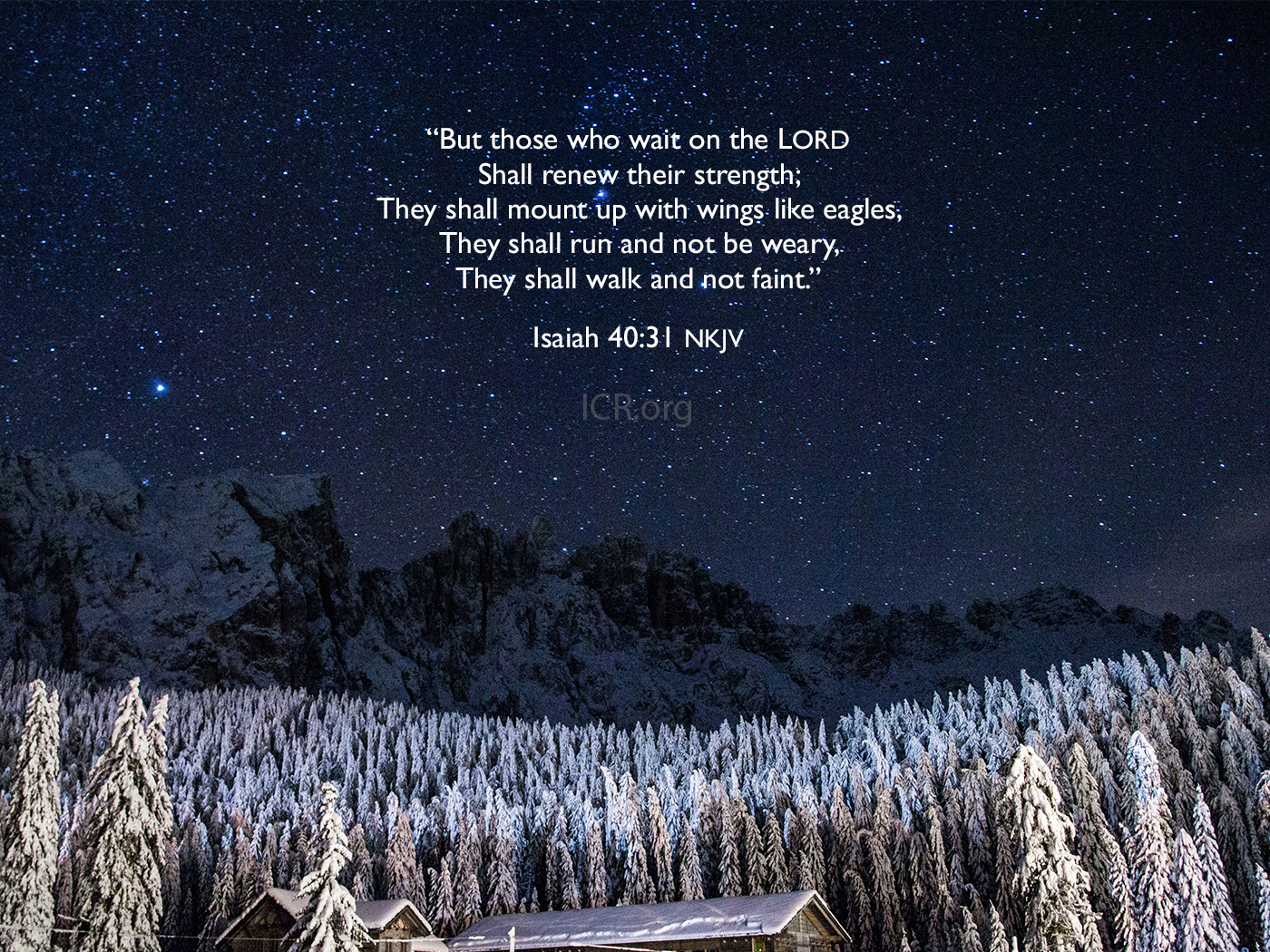DNA sequencing technologies have been progressing rapidly over the past several decades and now finally afford the opportunity to analyze mammalian chromosomes from end to end. In the past, many regions of human and ape genomes have been very difficult to fully decipher because older DNA sequencing technologies were limited to obtaining very short snippets of DNA—impairing their utility to fully decode long, complex, and repetitive DNA regions. However, new long-read DNA sequencing technologies are able to completely read through and traverse these long and difficult chromosomal segments. This new data is proving to be bad news for conventional theories of human-ape evolution.
In a new study being reported, a large group of researchers have produced complete end-to-end DNA sequences of the Y chromosome for a human and the great apes (chimpanzee, gorilla, and orangutan).1 The researchers also included a gibbon Y chromosome as a primate outgroup. Shockingly, when the new chimp Y chromosome was compared to the human Y chromosome, it was only 26% similar! Since the Y chromosome is the most non-variable chromosome in the mammalian genome due to a lack of recombination with a homologous chromosome, it should be less evolved than the others. But instead of being most similar, it is the most different from that of chimp compared to the other chromosomes. These data directly point to humans being genetically unique and debunk the whole human-ape evolution myth.
Interestingly, a 2010 study was reported where the major gene-rich regions of the chimpanzee Y chromosome were compared to their human counterparts.2,3 That study reported that 50% of the human genes had their alleged counterparts missing in chimp genes and that the regions that did have some similarity were located in completely different patterns. This huge evolutionary discrepancy prompted the researchers to say, “Indeed, at 6 million years of [evolutionary time] separation, the difference in MSY gene content in chimpanzee and human is more comparable to the difference in autosomal gene content in chicken and human, at 310 million years of separation.”3 In other words, the human Y chromosome looks just as different from a chimp as the other human chromosomes do from a chicken.
Another very interesting angle that came out of this new 2023 report is that each great ape Y chromosome was unique from that of other ape kinds. For example, chimpanzee compared to gorilla and orangutan was only 19.8% and 21.1% similar, respectively.4 Gorilla compared to human was only 25.1% similar, and orangutan compared to human was only 23.1% similar. As a whole, not only was human-ape evolution refuted, but great ape evolution in general met its demise.
From a Genesis-based interpretation of these new data, it is quite clear that the results fully support the biblical claim that humans are created uniquely in God’s image (Genesis 1:27) and did not evolve from an ape-like ancestor. Furthermore, the data also supports the idea that each created type of creature was made by God “according to its kind” (Genesis 1:24). In other words, chimpanzees, gorillas, and orangutans are each a unique ape kind, which makes perfect sense since none of them can interbreed with each other, and each has its own set of unique biological and anatomical features. Once again, science confirms the Bible and refutes evolution.
References
-
Malova, K. D. et al. 2023. The Complete Sequence and Comparative Analysis of Ape Sex Chromosomes. bioRxiv preprint. Posted on biorxiv.org December 1, 2023. doi: https://doi.org/10.1101/2023.11.30.56919
8. - Tomkins, J. and B. Thomas. 2010. New Chromosome Research Undermines Human-Chimp Similarity Claims. Acts & Facts. 39 (4): 4–5.
- Hughes, J. F. et al. 2010. Chimpanzee and human Y chromosomes are remarkably divergent in structure gene content. Nature. 463 (7280): 536–539.
- Two different orangutans were actually sequenced: Bornean orangutan and Sumatran orangutan. The chimp Y chromosome compared to each were 30.8% and 21.1% similar, respectively. When both the Bornean and Sumatran orangutan Y chromosomes were queried against chimp, they were 40.6% and 40.1% similar.
* Dr. Tomkins is Research Scientist at the Institute for Creation Research and earned his Ph.D. in genetics from Clemson University.

















